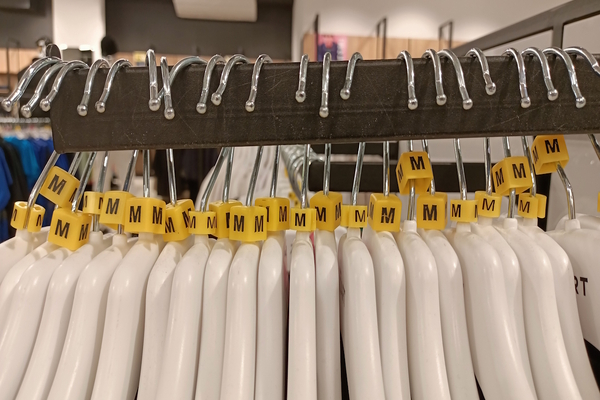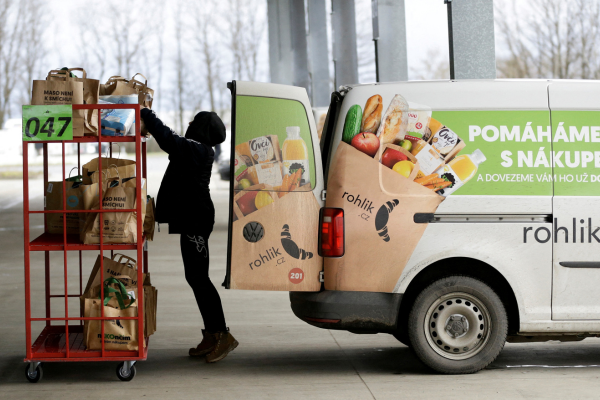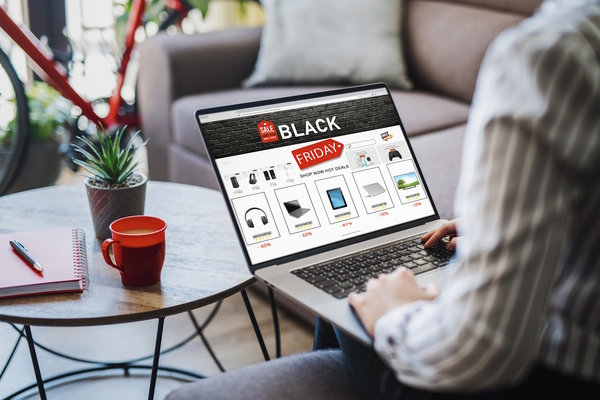Why brands should blend their influencer and affiliate marketing campaigns
Sponsored by AwinEllie Davies, Awin Influencer Partnerships Manager, shares her top reasons why retailers should centralise their influencer and affiliate marketing activity

What are influencers and creators doing for your brand sales and profit? These trusted partners are known for driving top-of-funnel outcomes and are highly effective at increasing brand consideration but, unless an exclusive code is given, it’s hard to measure direct impact. This makes it challenging to understand how valuable your investment in influencer partnerships is.
According to research, 73 per cent of brands will operate influencer programs in 2022, with total global influencer spend surpassing £14.5 billion. The costs for working with creators are also growing as demand rises and these partners increasingly share details about what they earn from brands with each other.
Your business understandably needs to see significant ROI from influencer marketing to justify investment. And affiliate marketing is the perfect medium to do so. Here’s why…
It builds internal collaboration
Metrics and accountability are key to any partnership, and affiliate marketing offers your teams access to the insights needed. By integrating creator efforts with partner marketing, you can measure direct sales to increase influencer-driven purchases. Furthermore, you can optimise partner diversification, get quantitative insights on individual performance and marry sales metrics with the valuable top- and middle-of-funnel data for a holistic approach.
This cross-functional teamwork helps your organisation remove department siloes and be jointly accountable when working towards goals. Plus, many of the best campaign ideas come from collaborations across historically disconnected teams such as social, PR and affiliate.
It aligns with goals
Influencers often feel in the dark on a brand’s objectives and campaign goals. That’s never a good situation as, in the absence of goals, creators make assumptions about what you want. While it may be more upfront work on your end, taking the time to communicate your objectives thoroughly is crucial so creators can tailor their efforts to produce the results you want.
That said, this is only half the battle. It’s vital to share the results you’re after, but equally critical to align on how results will be measured and, therefore, compensated. The default compensation model for influencers is a flat-fee payment upfront in exchange for vanity metrics that, as noted, may only scratch the surface of what you’re after. By merging your affiliate and influencer marketing activity, you can accurately measure a creator’s impact on sales and pay for tangible results. And with the individual-level sales tracking affiliate marketing affords, you can accurately assess ROI for each influencer and focus on those most productive.
Performance-based compensation models benefit influencers too, providing an immediate feedback loop. The brand partnerships and products resonating with their audiences will be evident from the sales they are helping to drive and offers a clear sign they’re providing real value to their followers.
It creates frictionless partnerships
Most affiliate platforms work with influencers. But, beyond compensation models, their user interfaces and wider metrics are often alien to these partners. When you force influencers to join an affiliate programme with these tools, it can create unnecessary friction.
Finding the right creators and staying in close contact can make or break results. To make it easier for influencers to work with brands and measure direct sales, affiliate platforms such as Awin offer brands seamless access to influencer marketing sub-networks and partnership solutions that eliminate friction and allow creators to focus on engaging their audiences.
It supports the long term
Influencer marketing used to focus on short-term tactics. We have since learned that you get better results from cultivating long-term relationships with performers. Find the voices that understand your brand and take the time to build enduring partnerships.
Creating these long-term relationships gives your creators greater income stability and can make them ongoing revenue sources for your business. Your brand’s continued presence will also impress their followers and build ongoing social proof.
It expands your customer base
While the most prominent creators with more than a million followers may seem to be the most appealing because they can cast a wider net, this larger reach doesn’t always equate to sales impact. As a result, these large influencers are sometimes reluctant to work on a performance model. This is where niche, nano- and micro-influencers – those with a smaller, highly engaged audience of up to 50,000 followers – are your secret weapon. These creators know they can make more via an affiliate partnership with a brand because they attract more engaged audiences with a higher propensity to transact.
The time is now
With the rising cost of influencer engagements and the need for direct sales accountability, companies must find ways to not only drive more revenue but prove the value of investment. As you can see, affiliate marketing offers the solution.
In blending your influencer and affiliate efforts, you get the top-of-funnel impacts to drive awareness alongside proven tactics that drive transactions. Merging these two outcomes is a win-win for both parties. Brands and influencers collaborating via affiliate partnerships illustrate a new way of working together that benefits everyone.
Leading affiliate and partner marketing platform Awin has spent more than 20 years helping brands big and small leverage the creator economy to drive measurable sales and revenue for their business at an ROI of £16 to £1. Learn more about Awin here.
Ellie Davies, Influencer Partnerships Manager, Awin UK

Business Reporter Team
You may also like
Most Viewed
Winston House, 3rd Floor, Units 306-309, 2-4 Dollis Park, London, N3 1HF
23-29 Hendon Lane, London, N3 1RT
020 8349 4363
© 2024, Lyonsdown Limited. Business Reporter® is a registered trademark of Lyonsdown Ltd. VAT registration number: 830519543





